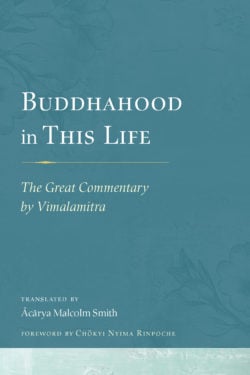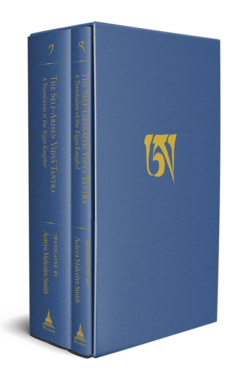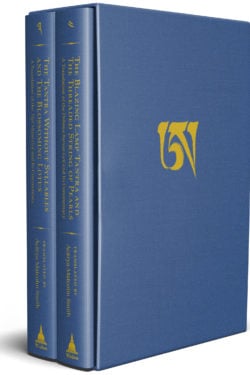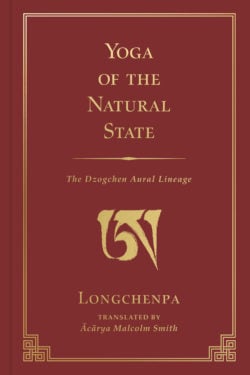Malcolm Smith

Born in 1962, Malcolm Smith was raised in Western Massachusetts. Captivated by the sound of Tibetan ritual music in 1984, he began his study of the Dharma. He met his first formal teacher, H. H. Sakya Trizin, in 1989. He studied Buddhist philosophy and Tibetan language under the guidance of Khenpo Migmar Tseten for the next five years at Sakya Institute for Buddhist Studies in Cambridge, Massachusetts. In 1990 Malcolm travelled to Nepal to receive lamdré from the late H. H. Sakya Dagchen.
He received his first Dzogchen teachings from Chögyal Namkhai Norbu in 1992. In 1993 he met his second Dzogchen teacher, Khenpo Jigme Phuntsok, receiving important transmissions. During this year he entered a three-year solitary retreat. In 1998 he met H. H. Penor Rinpoche and received the complete empowerments of the mahayoga section of the Nyingma Kama as well as teachings on the Namchö preliminary practices. In 2001, he met his third Dzogchen teacher, the late Kunzang Dechen Lingpa, from whom he received the Nyinthig Yazhi in its entirety, as well as the formal Ngakpa empowerment in 2004. He met his fourth Dzogchen teacher, H. H. Taklung Tsetrul Rinpoche, in 2001, from whom he received the entire transmission of the Gongpa Zangthal in 2010, as well other transmissions. He received the transmission of the Seventeen Tantras from Khenpo Tenzin Thinley in 2012 and again from Tulku Dakpa Rinpoche in 2022. Since 2018, he has been studying under Khenchen Namdrol Tsering of Namdrol Ling MonasteryIn addition, Malcolm has received Sakya, Kagyü, and Nyingma teaching cycles from many other lamas.
Malcolm Smith was awarded the title of acarya by Khenpo Migmar Tseten of Sakya Institute in 2004. In 2008 Malcolm was granted the title of lama by Lama Ngawang Tsultrim, abbot of Dhongag Tharling. In 2009 Malcolm graduated from Shang Shung Institute of America as a doctor of Tibetan medicine, completing an internship in Xining, in the Amdo province of northeast Tibet.
Since 1992 Malcolm Smith has worked on a wide variety of texts for Sakya, Drikung Kagyü, and Nyingma groups, as well as medical and astrological texts.
Books, Courses & Podcasts
Buddhahood in This Life
Now available for the first time in English, Buddhahood in This Life presents the Great Commentary of Vimalamitra—one of the earliest and most influential texts in the Dzogchen tradition of Tibetan Buddhism. It explores the theory and practice of the Great Perfection tradition in detail, shows how Dzogchen meditation relates to the entirety of the Buddhist path, and outlines how we can understand buddhahood—and even achieve it in our lifetime.
This essential text includes topics such as:
- How delusion arises
- The pathway of pristine consciousness
- How buddhahood is present in the body
- and more.
Translator Malcolm Smith includes an overview, analysis and clarification for all topics. Buddhahood in This Life covers fine details of Dzogchen meditation, including profound “secret instructions” rarely discussed in most meditation manuals. This text is essential for any serious student of the Great Perfection.
The Self-Arisen Vidya Tantra (vol 1) and The Self-Liberated Vidya Tantra (vol 2)
“If one knows the Self-Arisen Vidya Tantra, the Self-Liberated Vidya Tantra, and the Tantra Without Syllables, one will have command over the general meaning of the tantras, like a king who has command over his subjects.”—Treasury of the Supreme Vehicle
The eleventh-century Seventeen Tantras are the most important texts in the Tibetan Buddhist tradition of the Great Perfection. This boxed set provides two luminous translations. The first is the only complete English translation of the Self-Arisen Vidyā Tantra, which is the major commentary tantra on all aspects of the doctrine of the Great Perfection. The second, the Self-Liberated Vidyā Tantra, outlines the structure of Dzogchen tantras in general and also provides a detailed outline of the Self-Arisen Vidyā Tantra.
Malcolm Smith also offers a comprehensive introduction and two vital appendices: (1) a brief historical account and survey of the Seventeen Tantras and (2) an examination of the themes of the Seventeen Tantras, translated from the commentary to the String of Pearls Tantra. This is vital reading for any student of Dzogchen.
If you would like to purchase the ebook of these volumes please click here for volume 1 and here for volume 2.
The Tantra Without Syllables (vol 3) and The Blazing Lamp Tantra (vol 4)
“If one knows the Self-Arisen Vidya Tantra, the Self-Liberated Vidya Tantra, and the Tantra Without Syllables, one will have command over the general meaning of the tantras, like a king who has command over his subjects.”—Treasury of the Supreme Vehicle
The eleventh-century Seventeen Tantras are among the most important texts in the tradition of the Great Perfection—and in all of Tibetan Buddhism. This set provides two luminous root texts in crystal-clear translation, along with their commentaries, which break down the tantra passage by passage under headings that contextualize many instructions for the practice of the Great Perfection. The two texts are published together because they contain some of the most detailed expositions on which are based the two essential practices of the Great Perfection: trekchö, the view, and thögal, the meditation.
The Tantra Without Syllables focuses on the theoretical basis for trekchö. The actual tantra discussed in this text is not the words of the tantra, but rather the subject matter that the tantra points to: the continuum of one’s own vidyā confirmed in a direct perception, which cannot be explained in words. The Blazing Lamp Tantra focuses on the theoretical basis of thögal, detailing the four lamps, which are crucial for understanding the contemplative visions unique to the Great Perfection.
Malcolm Smith’s simple and lucid introductions bring clarity to an intricate subject, making these volumes vital reading for any student of Dzogchen.
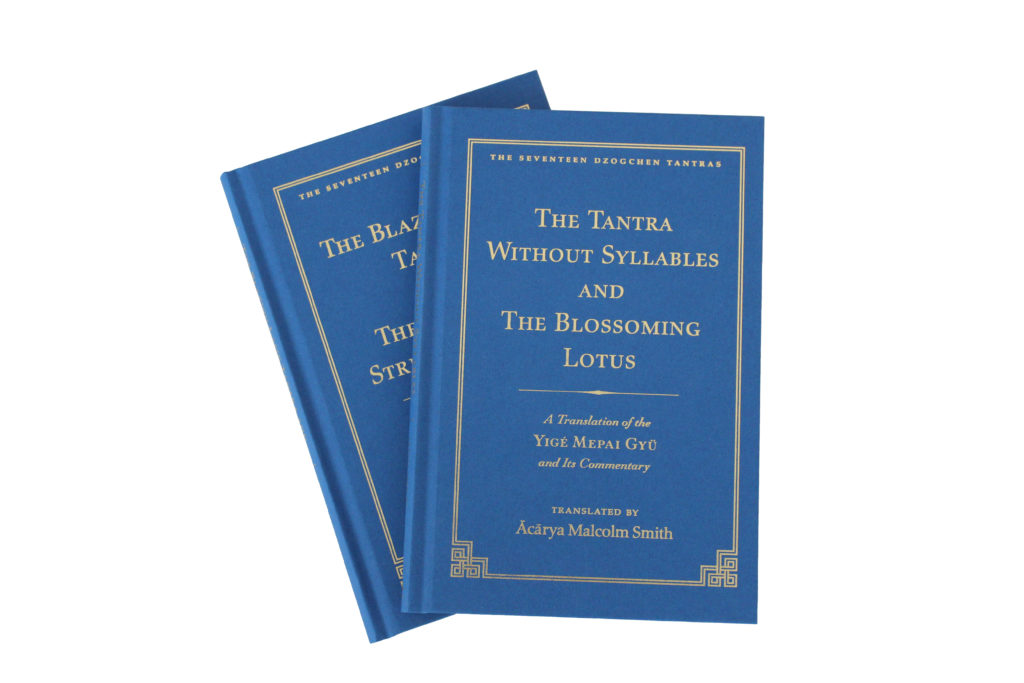
Malcolm Smith: The Seventeen Tantras of the Great Perfection
In this episode, host Daniel Aitken speaks with Malcolm Smith, translator in the Tibetan Buddhist tradition and long-time practitioner of Dzogchen. In this rich conversation, Malcolm discusses one of the most influential texts in all of Tibetan Buddhism, the Seventeen Tantras of the Great Perfection. Malcolm shares the fascinating history of these eleventh-century teachings, and reads from his recent translation of two of its central texts, the Self-Arisen Vidyā Tantra (Rigpa Rangshar) and the Self-Liberated Vidyā Tantra (Rigpa Rangdrol). Malcolm and Daniel also discuss the notion of attachment without clinging in the Dzogchen view, the necessary distinctions between trekchö and tögal practice, and why the language of pramāna is important on the Dzogchen path. Malcolm also addresses ways the Dzogchen view rejects nondualism and clarifies a popular misunderstanding of the term “basis” in this context. If you’re interested in hearing more from Malcolm Smith, check out our first podcast interview with him, where he shares stories from his own spiritual journey, as well as insights from his translation of Buddhahood in this Life, a core Dzogchen text.
Yoga of the Natural State
Experience for the first time in English the aural lineage of the Great Perfection Dzogchen tradition, expertly brought to life by the practitioner and translator Ācārya Malcolm Smith.
Longchen Rabjam, or Longchenpa as he is popularly known, stands as one of the great Nyingma masters of Tibetan Buddhism, producing a wealth of texts in the Dzogchen, or Great Perfection, tradition. This volume presents eight texts found in two collections of Longchenpa’s writings—the Lama Yangtig and the Zabmo Yangtig. These texts record a special experiential tradition of Great Perfection teachings by Chetsun Sengé Wangchuk to a single student in the eleventh century, a tradition passed down mouth-to-ear, one student at a time, until it was set down in writing by Longchenpa in the mid-fourteenth century.
While Longchenpa’s writings on the Seventeen Tantras are widely known, his writings on the Dzogchen aural lineage have received little attention, even though Tibetan histories show that it is the aural lineage that ensured the survival of the Great Perfection lineage. With this book of translations, we now have for the first time in English these records of the most important aural lineage in the Great Perfection tradition.
Unlike the arcane and difficult textual tradition associated with the Seventeen Tantras, the aural lineage teachings are experiential, easy to understand and practice, straightforward, and written in relatively simple language rich with similes and metaphors. The texts included in Yoga of the Natural State concern all aspects of the Great Perfection teaching, ranging from how to practice the preliminary practices, how the Great Perfection is introduced to qualified students, the correct view, meditation, and conduct of the practitioner, how to attain the state of liberation in this life, and how to recognize and attain liberation in the bardos.
Yoga of the Natural State: The Dzogchen Aural Lineage is an invaluable addition to the library of anyone interested in Great Perfection theory and practice.

